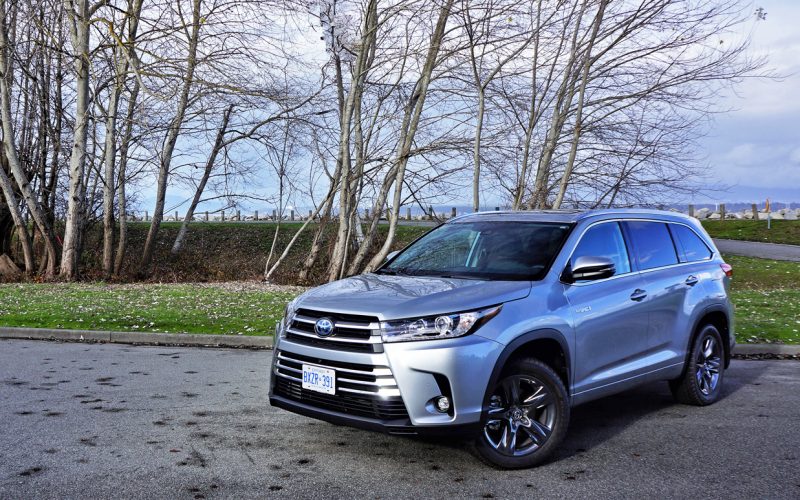
Toyota redesigned the Highlander for the 2014 model year, giving it much more character and impressive refinement inside, while upping the maximum seat count from seven to eight, and then
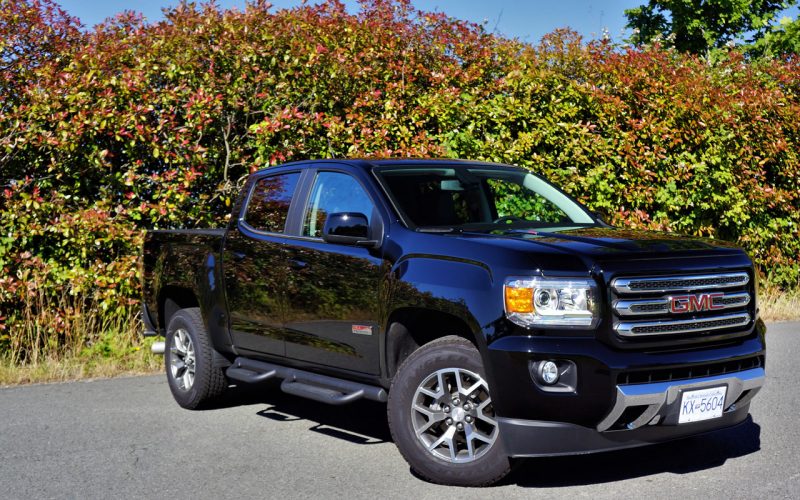
Thanks to General Motors, the mid-size pickup truck market is once again starting to heat up. Toyota was hardly contested in this market for far too long, but GM reintroduced
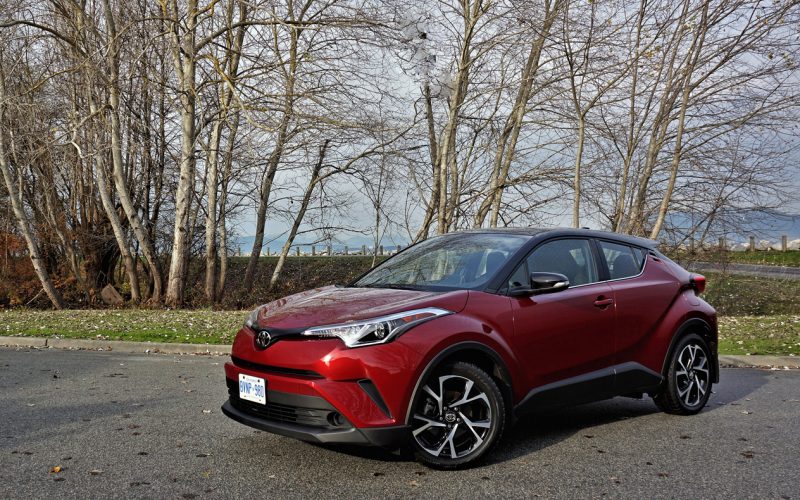
Most everyone expected Toyota to enter the subcompact SUV segment at some point, but showing up with a sportier, smaller than average entry, and therefore putting styling ahead of practicality
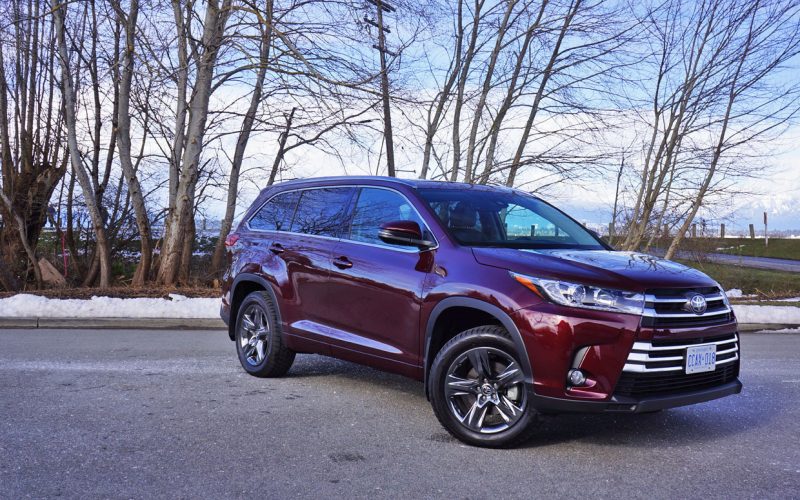
Do you remember that zany TV ad that saw a family pulling up to a national park gatekeeper’s booth in their 2014 Toyota Highlander, only to have him say to
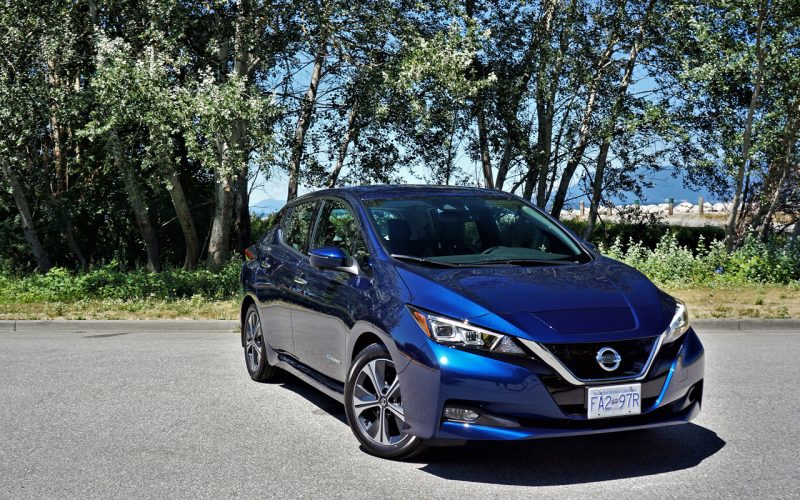
Nissan has taken a very different tack by normalizing its second-generation Leaf, which is both good and a bit of a shame. Don’t mistake me for being negative about its
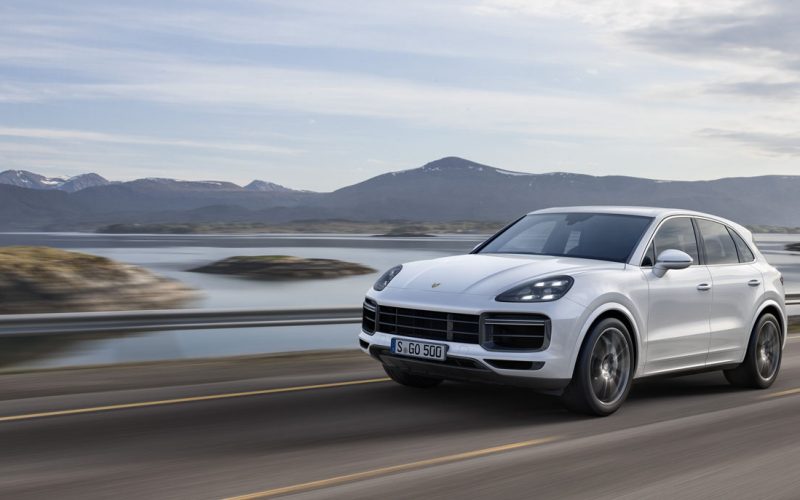
While the majority of car enthusiasts will immediately conjure thoughts of the legendary 911 sportscar when Porsche enters the conversation, crossover SUVs are the German premium brand’s biggest sellers. Such